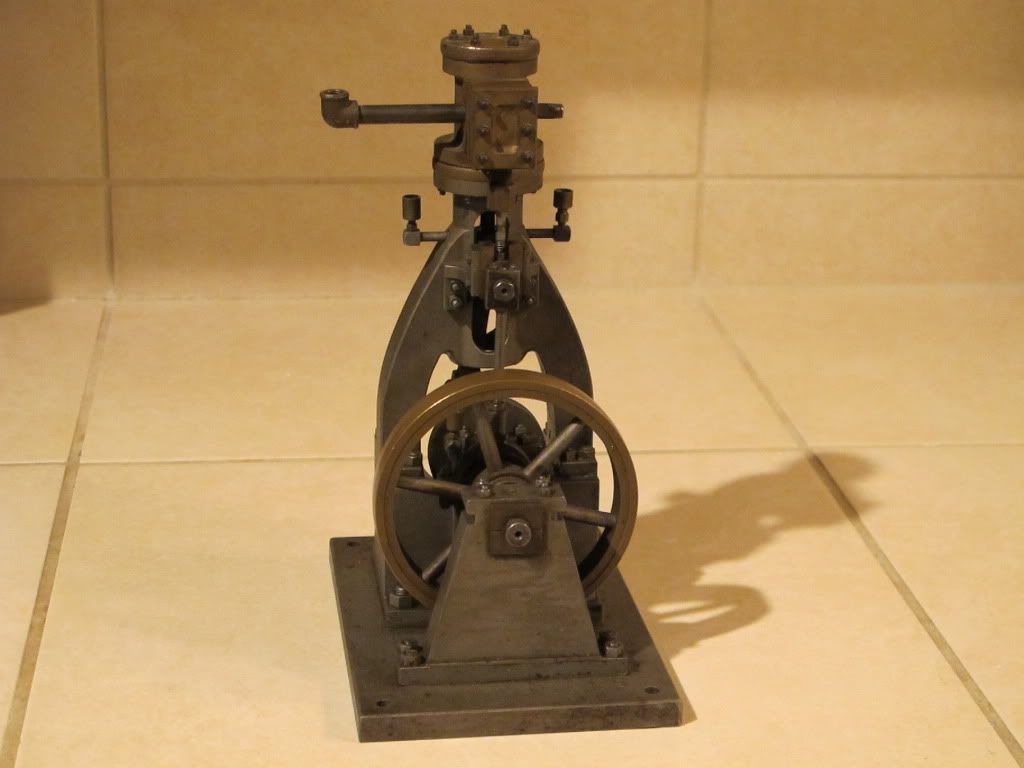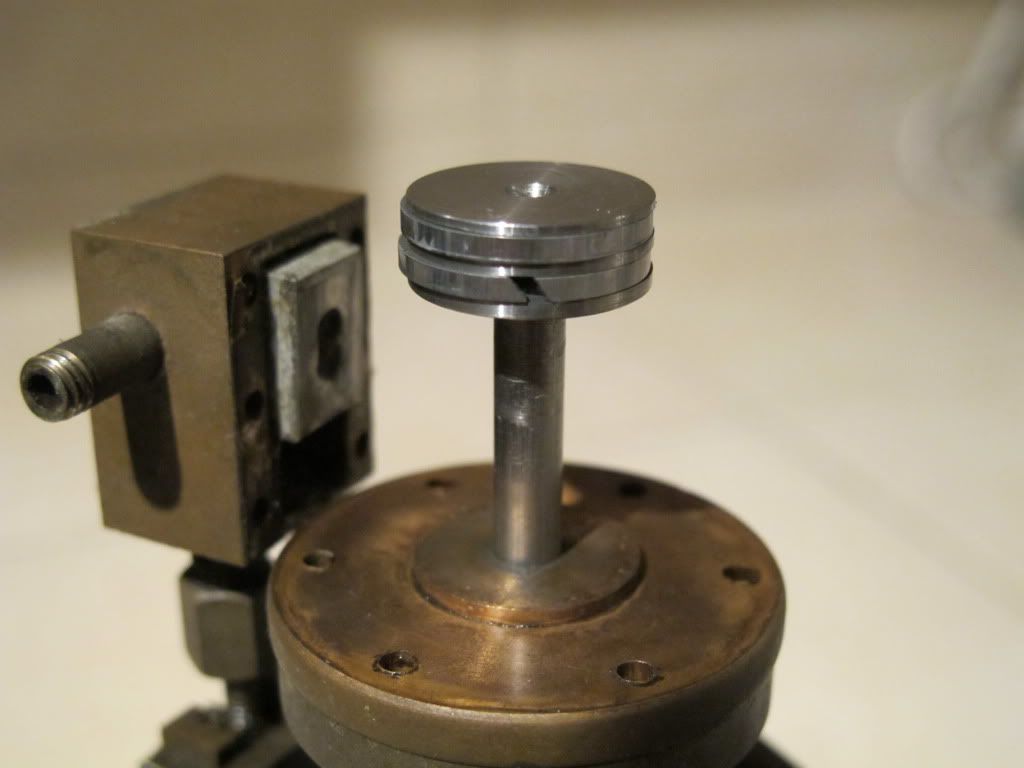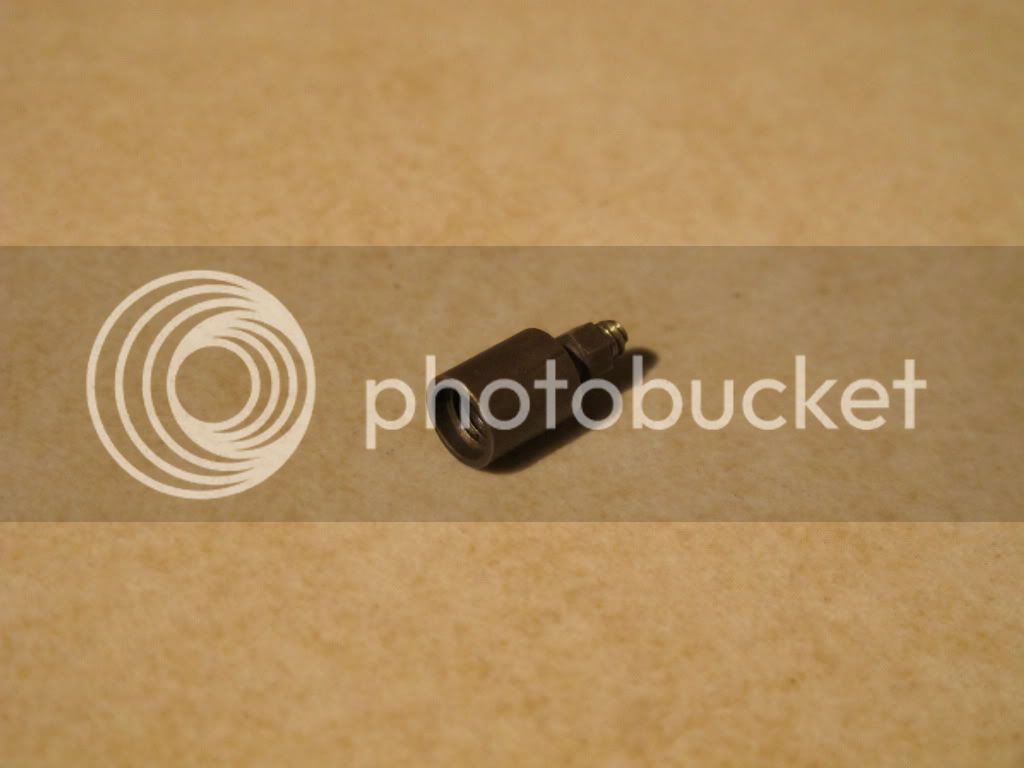I received this steam engine as a gift for Christmas. I did not find any like this on the Internet. Total height with the stand is 8". I'm open to any information.
Here is a photo of it:

You can view more photos here:
http://s808.photobucket.com/albums/zz10/romyald/Steam engine/
Thank you everyone! Happy Holidays!
Here is a photo of it:

You can view more photos here:
http://s808.photobucket.com/albums/zz10/romyald/Steam engine/
Thank you everyone! Happy Holidays!







